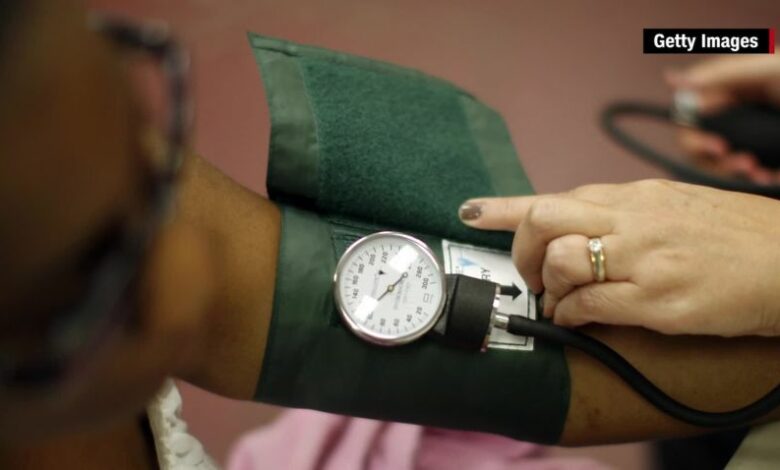
Adults in the United States who reported feeling discriminated against at work had a higher risk of developing high blood pressure than adults who reported less discrimination at work, according to a new study.
The researchers defined discrimination as “unfair conditions or unpleasant treatment at work because of personal characteristics, particularly race, sex, or age.”
Chronic exposure to discrimination can lead to weakness within the cardiovascular system because of perpetual stress reactions and to higher blood pressure overall, the study says.
High blood pressure damages arteries and makes them less elastic, according to the US Centers for Disease Control and Prevention. This damage decreases the flow of blood and oxygen to the heart and can lead to heart disease. Higher blood pressure means a higher risk of problems like heart attacks and strokes.
For the study, published Wednesday in the Journal of the American Heart Association, the researchers analyzed data from 1,246 people beginning between 2004 and 2006. Each participant said they did not have high blood pressure at the start of the study, and most said they were not smokers and consumed little or no alcohol. They were followed for about eight years, until 2013 and 2014.
Over 93% of the participants were White, and about 52% were women. About a third were younger than 45, a third were between 46 and 55, and a third were over 56.
To assess levels of discrimination, the participants filled out surveys about whether they experienced unfair treatment at work, if they felt more closely watched than others at work, if they often felt ignored at work and if job promotions were given fairly.
The survey also asked how often ethnic, racial or sexual slurs or jokes were said in a work setting.
According to the analysis, 319 of the participants reported developing high blood pressure by the end of the eight years.
People who experienced intermediate levels of workplace discrimination at the beginning of the study were 22% more likely than those who reported low levels of workplace discrimination to report high blood pressure after eight years.
Compared with participants who experienced low workplace discrimination at the beginning of the study, people with high levels of workplace discrimination were 54% more likely to report high blood pressure after eight years.
The study’s authors noted possible limitations to the research, including that the majority of participants were White and that the findings were based on self-reported information.
The findings add to research from the American Heart Association that linked specific jobs with poor heart health in women, according to Dr. Eduardo Sanchez, who is the association’s chief medical officer for prevention but was not involved in the new research.
This growing body of evidence could encourage employers to acknowledge that work should be considered an important social determinant of health, Sanchez said. Employers should try to create an anti-discriminatory environment, he said, and people should identify where discrimination could be taking the form of jokes or comments in the workplace.
“If it is happening all of the time and it’s perceived in a certain way, this tells us it can have an effect,” Sanchez said.
Dr. Martha Gulati, director of prevention at the Cedars-Sinai Smidt Heart Institute, said that although cardiologists are beginning to understand discrimination’s effects on heart health, it’s not something that they’ve been trained to ask their patients about.
Gulati, who mostly treats women, said she has been trained to ask her patients about social determinants of health including diet, financial situation or insurance coverage.
“I’ll just be honest, until I read this study, I didn’t think to ask about discrimination at work,” said Gulati, who wasn’t involved with the research.
It could be essential to start asking patients about their work environment and whether they are experiencing discrimination there, she said.
If discrimination in the workplace can be identified early, Gulati said, she’ll be able to tell her patients about the potential health risks.




